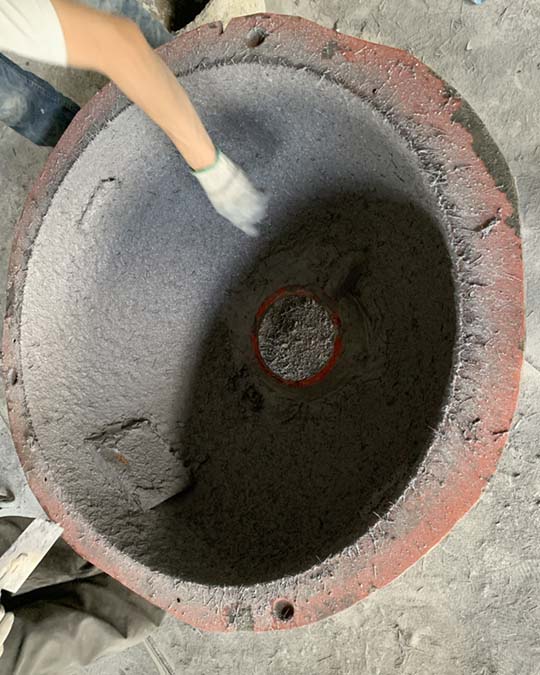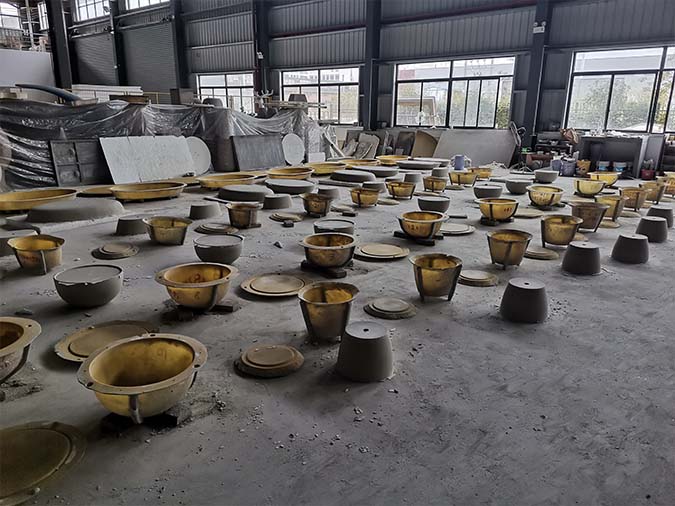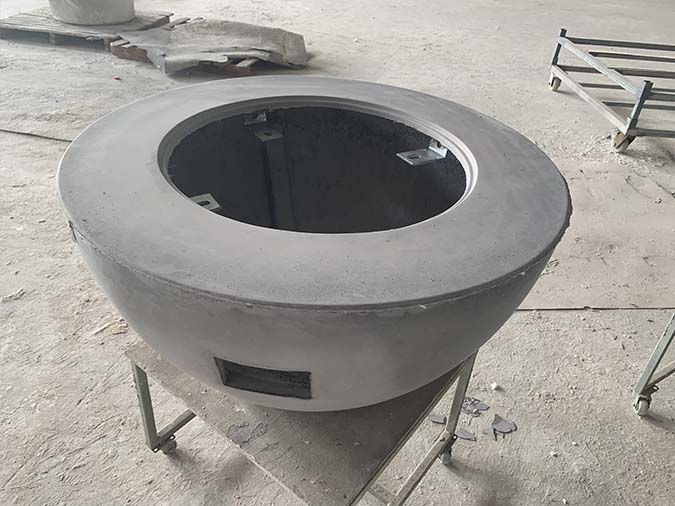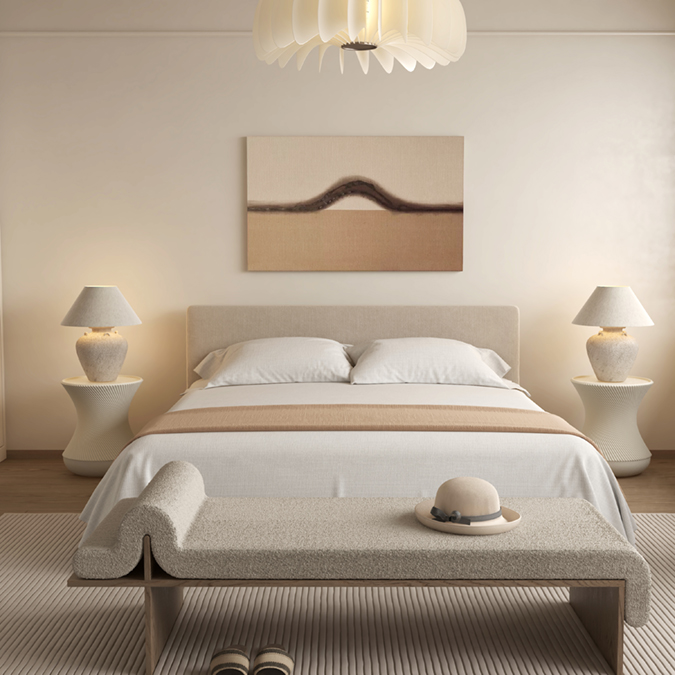GRC furniture, known for its aesthetic appeal, durability, lightness, and ease of maintenance, has gained increasing popularity in modern home design. From the selection of raw materials to the completion of the final product, each step is critical, directly impacting the quality and longevity of the furniture. This article provides a detailed overview of the entire process, discussing key technical points at each stage and how quality assurance is maintained throughout.
Raw Material Selection
The primary components of GRC furniture include cement, fine sand, water, and glass fibers. The choice of materials directly determines the strength and endurance of the furniture.
- Cement: High-strength Portland cement is typically used, providing better bonding properties.
- Fine Sand: Clean, well-graded fine sand is selected to ensure a smooth surface finish.
- Glass Fibers: High-modulus glass fibers serve as reinforcement, enhancing the tensile strength and toughness of GRC.
- Water and Additives: An appropriate amount of water and special additives (such as superplasticizers and plasticizers) improve the workability of the mixture, making it easier to cast into molds.

-
Production Process
The manufacturing process of GRC furniture involves mixing, casting, demolding, and curing.
- Mixing: Ingredients are blended according to specific ratios to form a paste with a certain degree of fluidity. Precise control over the water content and additive proportions ensures the stability and processibility of the mixture.
- Casting: The prepared paste is poured into pre-made molds. Mold design is crucial, affecting both the appearance and structural integrity of the final product. Molds must have a good surface finish and be able to withstand the pressure exerted during casting.
- Demolding: Once the paste has set, the product is carefully removed from the mold. This step requires skill to prevent damage to the newly formed piece.
- Curing: After demolding, GRC furniture undergoes a curing period to ensure it reaches the required strength. Conditions such as temperature and humidity during curing significantly influence the quality of the product.

Quality Control
Quality control is essential throughout the production process to ensure that GRC furniture meets the expected standards.
- Raw Material Inspection: All raw materials must undergo strict inspection before use to ensure they meet specified standards.
- Production Process Monitoring: Regular checks of equipment operation and monitoring of mixing ratios, curing conditions, and other parameters ensure consistency and stability in the process.
- Finished Product Testing: Completed GRC furniture undergoes visual inspections, dimensional measurements, and necessary physical property tests (such as compressive strength and flexural strength) to verify compliance with design requirements.

Conclusion
From the selection of raw materials to the completion of the final product, meticulous quality management and technical oversight are required at every step. Only through careful material selection, optimized production processes, and stringent quality control measures can high-quality GRC furniture products be produced. As technology advances and market demands evolve, manufacturers of GRC furniture must continue to innovate to meet consumer expectations for furniture that is both beautiful and functional.
Post time: Sep-20-2024

